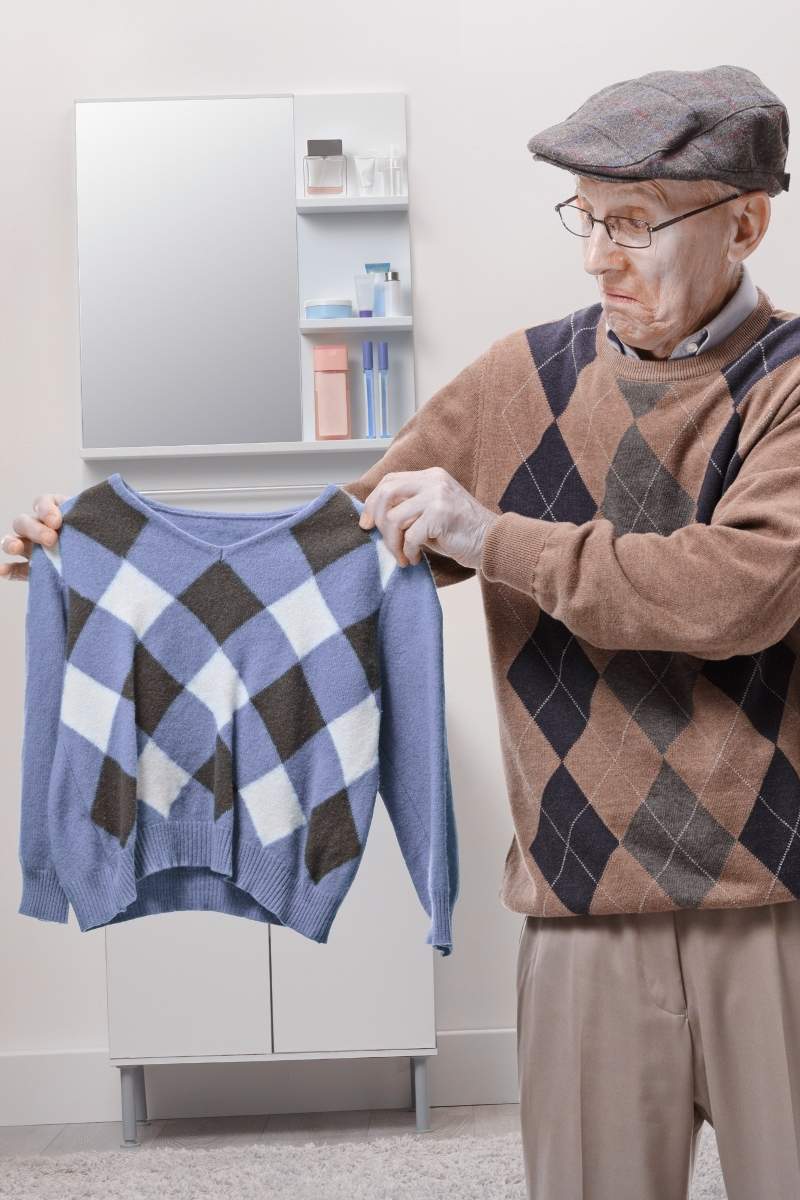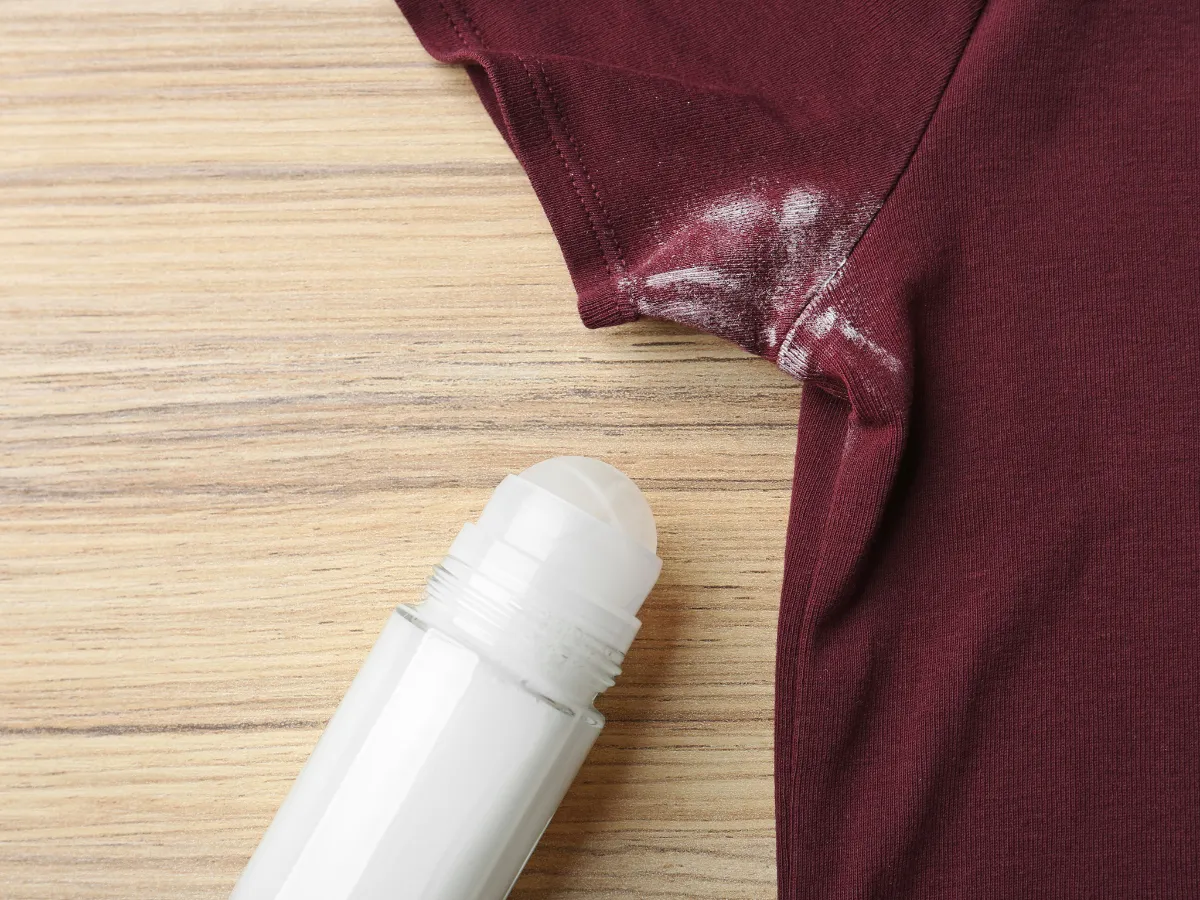The Great Debate: Does the Dryer Really Shrink Clothes?

It's one of the most widespread fears when doing laundry: putting your favorite t-shirt or that perfect sweater in the dryer and pulling it out several sizes smaller. The question is almost a classic: does the dryer shrink clothes? The quick answer is: yes, it can, but it's not always the appliance's fault; it's often about how we use it and what types of garments we put inside.
Far from being just an urban myth, shrinkage in the dryer is a real phenomenon that affects certain fabrics more than others. In this comprehensive guide, we'll unravel why it happens, which garments are most at risk, and most importantly: how you can use the dryer intelligently to prevent your clothes from ending up fit for dolls.
The Science of Shrinkage: Why Does It Happen?
To understand how to prevent it, we first need to know why it occurs. Shrinkage in the dryer results from the interaction of three main factors with the clothing fibers:
- Heat: This is the main culprit. High temperatures cause certain fibers (especially natural ones) to contract. Imagine fibers as tiny springs; heat "tenses" them, causing them to shorten, and thus, the garment shrinks.
- Residual Moisture: Although the dryer aims to remove it, the initial moisture from washing plays a role. Water relaxes the fibers, and the subsequent application of heat to these relaxed fibers promotes their contraction.
- Mechanical Agitation (Tumbling): The constant movement inside the dryer drum not only helps dry clothes evenly but also subjects the fibers to mechanical stress. This friction and tumbling can cause fibers to entangle and compact, contributing to shrinkage, especially in fabrics like wool.
The combination of these three elements can lead to an unwanted reduction in the size of your garments.
The Usual Suspects: Which Fabrics Shrink Most?
Not all fabrics react the same way to heat and movement. Fiber composition is crucial:
- Natural Fibers (High Risk):
- Cotton: Very popular, but also very prone to shrinking with heat, especially if not pre-shrunk. Watch out for 100% cotton t-shirts!
- Wool: Extremely sensitive to heat and agitation. The dryer can felt and drastically shrink wool garments. Flat drying is generally recommended. Learn how to care for wool sweaters.
- Linen: Similar to cotton, it can shrink if exposed to high temperatures. It requires specific care, as we detail in how to wash linen.
- Silk: Although less prone to shrinking than wool, dryer heat can damage its delicate fibers and cause loss of shine. Better to air dry.
- Rayon (Viscose): A semi-synthetic fiber derived from cellulose, but very sensitive to water and heat. It shrinks easily and can become misshapen.
- Synthetic Fibers (Low Risk):
- Polyester: Very resistant to heat shrinkage.
- Nylon (Polyamide): Also dimensionally stable.
- Acrylic: Resistant to shrinking, although excessive heat can damage or deform it in other ways. Trying to shrink acrylic? A complicated mission.
- Elastane (Spandex, Lycra): Heat can damage the elastic fibers, causing them to lose their recovery ability, but it doesn't usually shrink the garment itself.
- Blends: Behavior will depend on the percentage of each fiber. A blend with a high cotton or wool content will be riskier than one predominantly synthetic.
Don't Blame the Dryer! How to Avoid Shrinkage
The good news is that, in most cases, shrinkage can be prevented by following simple guidelines:
- Read the Label (Again!): It's your best defense. Look for the drying symbol (a square).
- Circle inside the square: Tumble dry allowed.
- Dots inside the circle: Indicate temperature (one dot = low, two = medium, three = high).
- Filled or crossed-out circle: Do not tumble dry, air dry.
- Learn to decipher all drying labels.
- Select the Correct Temperature: Crucial!
- Low Heat / Delicate: Use for synthetic fabrics, blends, and delicate or shrink-prone garments.
- Medium Heat: Suitable for durable synthetics and some cotton blends.
- High Heat: Reserve for very sturdy items like towels, thick 100% cotton bedding, and jeans (if the label allows and you don't mind slight initial shrinkage).
- Air Fluff / No Heat: Ideal for refreshing clothes or removing lint without risk of shrinkage.
When in doubt, it's always safer to opt for a lower temperature.
- Choose the Right Cycle: Use specific cycles if your dryer has them (e.g., "Delicate," "Synthetics," "Cotton"). They usually adjust not only the temperature but also the time and tumbling intensity.
- Don't Overload the Dryer!: Clothes need space to tumble and for hot air to circulate. A crowded dryer dries unevenly, prolongs the cycle, and increases friction and the risk of damage/shrinkage.
- Don't Over-Dry: Removing clothes when they are still slightly damp (especially natural fibers) is an excellent way to prevent excessive shrinkage and makes ironing easier. Heat on already dry fibers is unnecessary and harmful. Dryers with moisture sensors are ideal for this.
- Separate by Weight and Fabric: Drying heavy items (towels) with light ones (t-shirts) isn't efficient. The light items will dry first and be exposed to unnecessary heat. Group similar loads.
- Use Dryer Balls (Optional): Wool or plastic dryer balls can help separate clothes, improve air circulation, and reduce drying time, allowing for lower temperatures. They also reduce static cling.
- Remove Clothes Promptly: Don't leave hot, dry clothes piled up in the dryer, as wrinkles will set.
- Consider Air Drying: For very delicate items, wool, silk, or garments you're particularly fond of, air drying (flat or hanging depending on the fabric) will always be the safest option.

Specific Cases: Jeans and Mixing Colors
- Does the dryer shrink jeans?: Yes, especially if they are 100% cotton or have a high percentage. Heat will contract them. However, they often give and stretch a bit with wear. If you want to maintain the exact size, dry them on low heat or air dry.
- Can you mix white and black (or colored) clothes in the dryer?: Once properly washed (and if there's no risk of color bleeding), you can generally mix them in the dryer *provided they have similar drying requirements*. The main issue with mixing colors is during the wash. However, it's better to dry by fabric type and weight to optimize drying and avoid damaging more delicate items with the heat needed for sturdier ones.
Technology to the Rescue: Modern Dryers
Today's dryers have evolved significantly. Look for features like:
- Moisture Sensor: Detect when clothes are dry and stop the cycle automatically, preventing over-drying.
- Heat Pump Technology: Dry at much lower temperatures than traditional condenser dryers, being much gentler on clothes (and more energy-efficient). Learn the difference between dryers.
- Specific Programs: Optimized cycles for different fabrics (wool, delicates, shirts...).
Using a modern dryer and its features correctly greatly reduces the risk of shrinkage.
Oops! It Already Shrank? Is There a Fix?
If the damage is done, reversing it is tricky, but you can try:
- Soak with Conditioner: Submerge the shrunken garment in lukewarm water with a generous squirt of hair conditioner (or baby shampoo). Let it sit for 30 minutes. The conditioner relaxes the fibers.
- Gentle Stretching: Remove the garment without rinsing, gently squeeze out excess water (don't wring), and lay it flat on a towel. Carefully and evenly stretch the garment in all directions while still damp, trying to return it to its original size.
- Flat Drying: Let it dry completely flat, maintaining the stretched shape if possible (you can use weights on the edges carefully).
It doesn't always work and depends on how much it shrank and the fabric, but sometimes you can regain some size.
Frequently Asked Questions about Dryers and Shrinkage
What to do so clothes don't shrink in the dryer?
Read labels, use low heat, don't overload, remove clothes slightly damp, and air dry delicate items.
What type of clothes shrink in a dryer?
Mainly natural fibers: cotton, wool, linen, rayon.
What clothes cannot be put in the dryer?
Wool, silk, items with delicate trims, rubber prints, pure lycra, underwire bras, and anything labeled 'Do Not Tumble Dry'.
Can clothes shrink just from the dryer?
Yes, the heat and tumbling action of the dryer alone can cause shrinkage in sensitive fabrics.
Ultimately, the dryer isn't inherently a clothes-shrinking machine, but improper use certainly can cause it. By knowing your fabrics, reading labels, and selecting the correct settings, you can enjoy the convenience of the dryer without fear of your favorite garments undergoing an unwanted size transformation.
Safe and Efficient Drying at LaColada Ponferrada
Worried about your clothes shrinking? At LaColada Self-Service Laundry Ponferrada, our industrial dryers offer you full control over the temperature. You can select low or medium heat cycles to protect your most delicate fabrics, ensuring fast and efficient drying without unnecessary risks. Trust our professional equipment to care for your clothes while drying them!
Dry Your Clothes Peacefully at LaColada!Other Useful Laundry Tips

How to Effectively Remove Deodorant Stains
Eliminate yellow or white underarm marks on your clothes.

How to Remove Static Electricity from Clothes
Simple tricks to prevent clothes from clinging and sparking.

How to Clean the Washing Machine Rubber Seal (Mold & Dirt)
Steps to remove mold and keep the seal spotless.